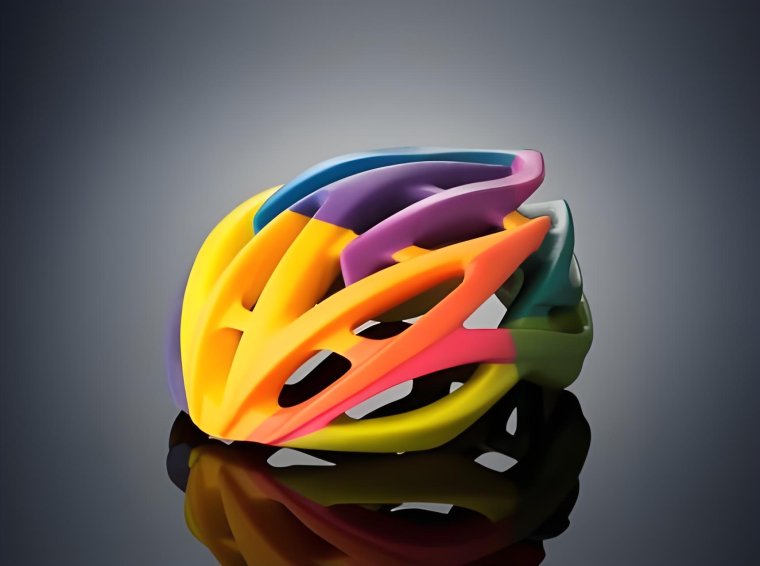- This topic is empty.
-
AuthorPosts
-
2025-07-21 at 9:25 am #4133
As 3D printing continues to evolve into a powerful tool for prototyping and end-use part production, one of the most critical factors influencing performance, durability, and cost is material selection. Choosing the right material for your 3D printing parts project can make the difference between a successful product and a failed one—especially when your parts are used in demanding industries such as aerospace, automotive, medical devices, or electronics.
In this guide, we’ll walk through the key criteria for choosing 3D printing materials and highlight how a trusted partner like Linkwork Precision Machinery, with deep expertise in precision manufacturing, can support your project with hybrid solutions and engineering guidance.

Why Material Matters in 3D Printing
Each material used in 3D printing offers a different balance of strength, flexibility, thermal resistance, chemical stability, and surface finish. Selecting the wrong material could lead to warping, cracking, or premature failure under real-world conditions.
Whether you’re developing a prototype or functional part, the material you choose must align with your application’s requirements and performance expectations.
Key Factors to Consider When Choosing 3D Printing Materials
1. Mechanical Strength and Durability
For load-bearing or structural parts, materials like Nylon (PA12), polycarbonate (PC), or carbon-fiber-reinforced composites are preferred due to their toughness and impact resistance.2. Heat Resistance
In applications like automotive, aerospace, or electronics, parts may need to withstand high operating temperatures. PEEK, ULTEM (PEI), and polycarbonate offer excellent thermal stability.3. Chemical and Environmental Resistance
If your printed parts will be exposed to solvents, oils, or UV radiation, you’ll need materials with strong chemical resistance—such as PP (polypropylene) or ABS with appropriate post-processing.4. Surface Finish and Dimensional Accuracy
Some applications require tight tolerances and smooth finishes, especially for cosmetic parts or components that must interface with other assemblies. Resin-based printing (SLA/DLP) with engineering-grade resins provides high resolution and excellent surface quality.5. Flexibility and Elasticity
For seals, gaskets, or wearable products, flexible materials like TPU (thermoplastic polyurethane) or TPE offer the right mix of elasticity and toughness.6. Cost and Production Volume
For small-batch functional parts, high-performance materials may be justified. For prototyping or budget-sensitive projects, PLA, PETG, or standard ABS may be more economical.How Linkwork Precision Machinery Enhances Your 3D Printing Projects
While 3D printing offers excellent design freedom, it’s often most powerful when combined with traditional manufacturing processes—especially for end-use parts requiring high strength, tight tolerances, or special finishes.
Linkwork Precision Machinery specializes in CNC machining, CNC turning, CNC automatic lathe processing, milling, and sheet metal fabrication, offering tailored solutions across multiple industries including:
-
Mechanical and automation engineering
-
Consumer and industrial electronics
-
Automotive and motorcycles
-
Aerospace and medical devices
-
New energy and agricultural technology
By integrating 3D printed prototypes with CNC machining or post-processing, Linkwork can help you validate and refine your part designs, improve material selection, and scale production efficiently.
Whether you need a rapid prototype for testing or a low-volume batch of functional components, Linkwork’s combination of engineering expertise and advanced production equipment ensures you get the right material, finish, and precision—on time and on spec.
Conclusion
Selecting the right material for your 3D printing parts project is not a one-size-fits-all decision. It depends on your part’s intended function, performance requirements, and environment of use. With a strategic approach to material selection—and the support of experienced manufacturers like Linkwork Precision Machinery—you can ensure that your parts meet both design and production goals.
http://www.szlinkwork.com
Shenzhen Linkwork Precision Machinery Co., Ltd. -
-
AuthorPosts
- You must be logged in to reply to this topic.